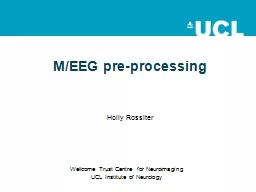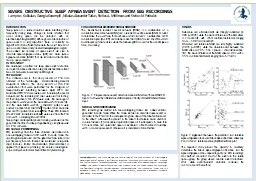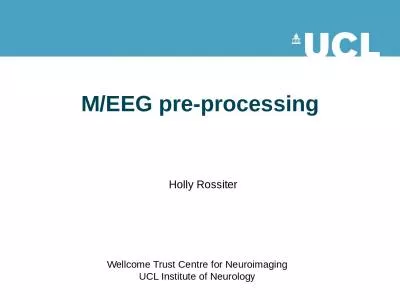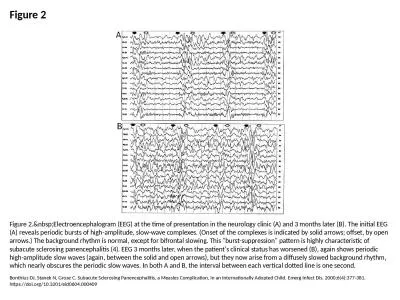PPT-SLEEP EEG TODAY Mummy, I Can’t Sleep!
Author : liane-varnes | Published Date : 2018-12-07
What you need to Know Two theories about the function of sleep What happens during sleep and how this might relate to function Predictions Generated by each theory
Presentation Embed Code
Download Presentation
Download Presentation The PPT/PDF document "SLEEP EEG TODAY Mummy, I Can’t Sleep!" is the property of its rightful owner. Permission is granted to download and print the materials on this website for personal, non-commercial use only, and to display it on your personal computer provided you do not modify the materials and that you retain all copyright notices contained in the materials. By downloading content from our website, you accept the terms of this agreement.
SLEEP EEG TODAY Mummy, I Can’t Sleep!: Transcript
Download Rules Of Document
"SLEEP EEG TODAY Mummy, I Can’t Sleep!"The content belongs to its owner. You may download and print it for personal use, without modification, and keep all copyright notices. By downloading, you agree to these terms.
Related Documents














